Which washing machine is better: Asko or Miele?
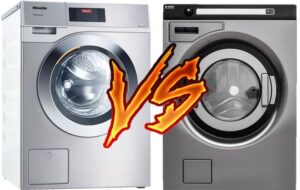 A considerable number of people, when choosing washing equipment, prefer models from the high price category. Here the question often arises, which automatic machine is more reliable: Asko or Miele? Both manufacturers are well-known, and the equipment of both the first and second brands has many positive reviews. Let's try to figure out which brand to choose and why.
A considerable number of people, when choosing washing equipment, prefer models from the high price category. Here the question often arises, which automatic machine is more reliable: Asko or Miele? Both manufacturers are well-known, and the equipment of both the first and second brands has many positive reviews. Let's try to figure out which brand to choose and why.
Comparison of Asko and Mile washing machines
Today, a washing machine is a necessary attribute in every home. Buyers approach the choice of a machine consciously, trying to find out the pros and cons of each model in advance. Manufacturers Asko and Mile offer high-quality and reliable equipment to the market, but which brand is better?
Miele is a German company whose products are reliable, environmentally friendly and easy to use. Washing machines are assembled in Germany or Poland, by hand. The Miele brand does not seek to reduce the cost of equipment, therefore it uses only high-quality materials in production.
Washing machines of the German brand have several features: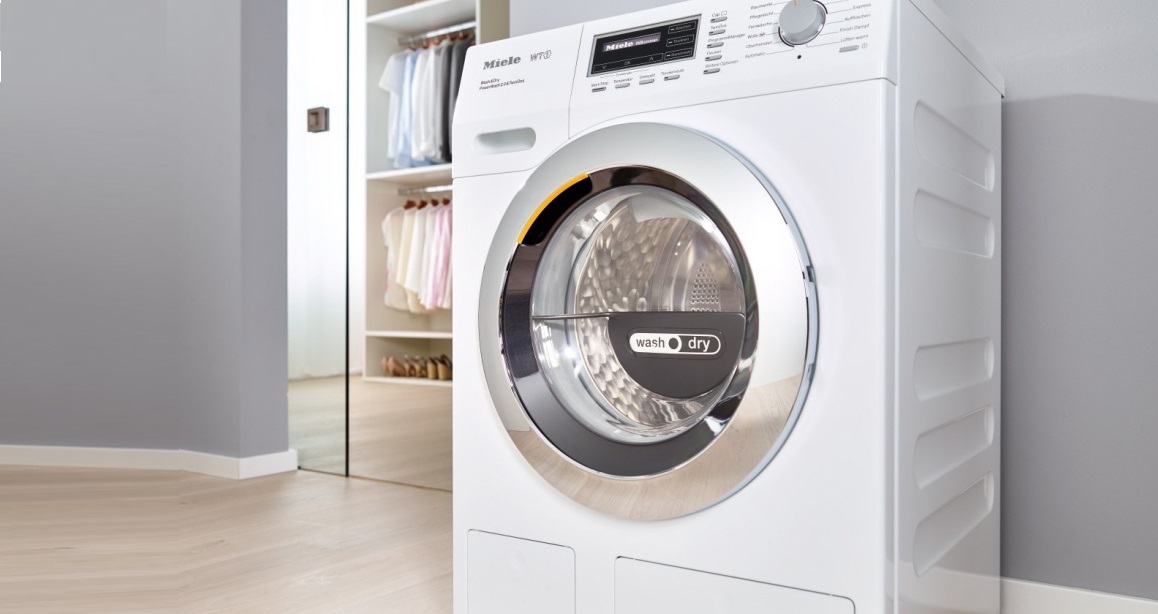
- the patented drum design ensures gentle care for any type of fabric;
- unusually high rotation speed of the centrifuge - up to 1800 rpm;
- unique Quick Power technology, which allows you to cope with any contamination in one cycle, lasting less than 60 minutes;
- Power Wash system, due to which water and electricity are consumed as economically as possible;
- TwinDos technology, which ensures dosing of detergent during the washing process.
Asko washing machines are produced in Sweden. The manufacturer also does not skimp on materials, trying to produce the highest quality products.When creating machines, various innovative technologies are used, so the equipment has powerful functionality. Strict control is carried out at all stages of assembly of units.
Before being released onto the market, each Asko model is tested for a working life of up to 10,000 hours, which corresponds to 20 years of home use of the device.
Swedish washing machines have their own characteristics: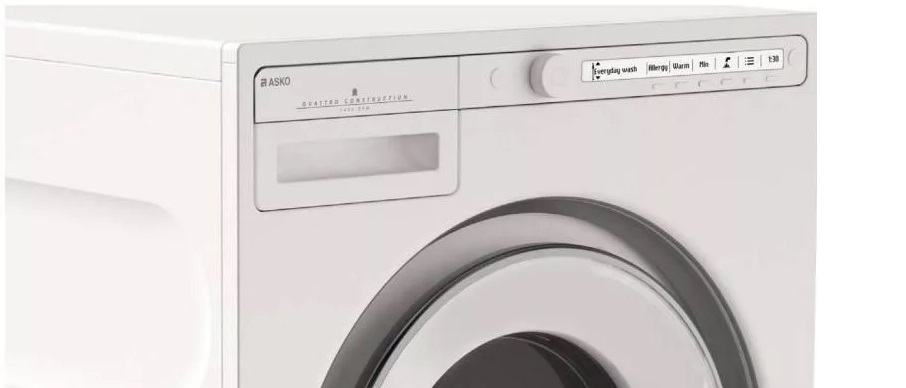
- the unique Quattro design involves the presence of four shock absorbers, which ensures maximum spin speed with minimal wear and tear on the equipment;
- The patented ActivDrum and specially shaped blades provide the best balance and the most gentle treatment even for “capricious” fabrics
- the absence of a drum cuff, which increases the level of hygiene - dirt and water do not accumulate in the seal;
- The SensiSave system helps save resources by independently calculating how much water to pour into the tank depending on the load volume.
The tank and drum of all Asko and Mile washing machines are made of stainless steel, which significantly increases the service life of the equipment. Both brands equip the machines with inverter motors, which have minimal noise and vibration levels.
Asko or Miele washing machines are not as widespread in Russia as appliances from other brands. Therefore, difficulties with repairs may arise in both the first and second cases. You can always order components via the Internet - the cost and availability of spare parts for Asko and Mile machines are approximately the same. You just need to find a competent master who is well versed in the SMA device.
The reliability of washing machines from both brands has been proven over the years, so when choosing between Asko or Miele, it is worth comparing the characteristics of specific models.
For example, let’s compare washing machines with approximately the same cost – for $659 and Miele WEA025 WCS for 59,900 rubles. The machine from the Swedish manufacturer is capable of washing up to 8 kg of laundry at a time, while the German model is capable of washing up to 7 kg. The maximum possible spin speed is the same - up to 1400 rpm.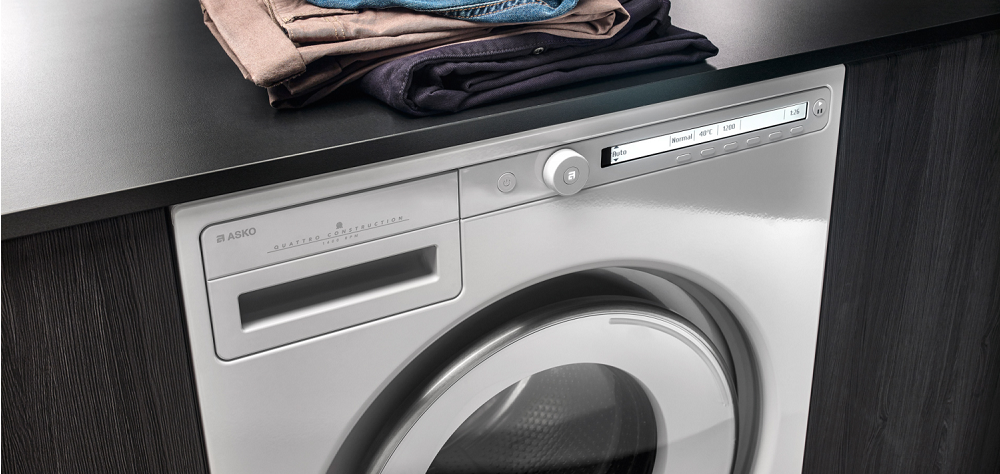
Among the advantages:
- the ability to reload items after starting the wash;
- automatic load control function;
- Possibility of embedding into furniture or under a tabletop due to the removable cover.
What makes Asko W2084.W.P stand out? Advantages of the model:
- the highest energy efficiency class – “A+++”;
- more compact dimensions than the Miele WEA025 WCS, with a larger drum capacity;
- Quattro system, providing maximum tank support and less wear on the machine.
The washing machines look stylish, so they will fit into any interior. Machines of both brands have full protection against leaks; the warranty on Asko and Mile equipment is 2 years. The number of washing programs and additional options for the models is approximately the same; Asko has 15 modes, Miele has 12.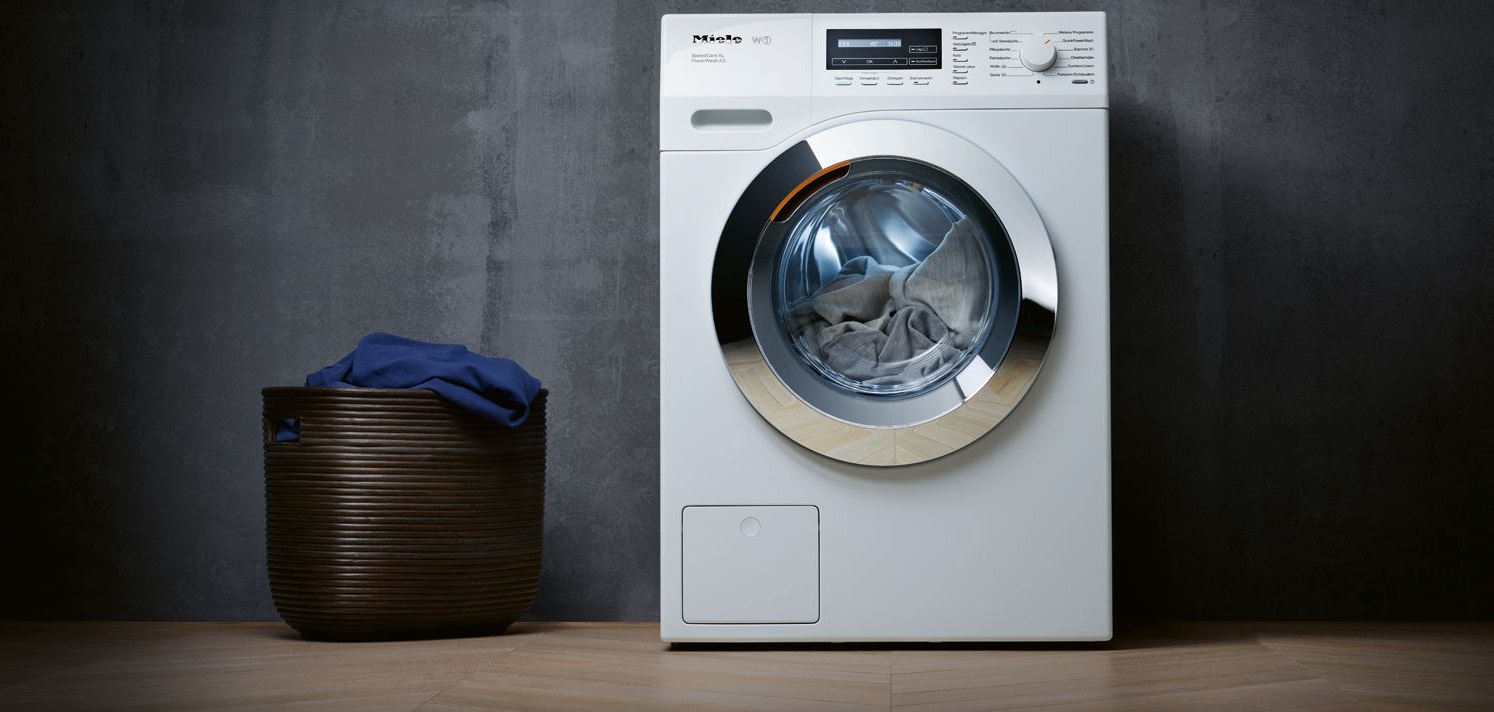
It is impossible to say for sure which brand wins, Asko or Miele. Both manufacturers try to achieve maximum quality in the production of SMAs, without skimping on materials, introducing the latest technologies and exercising total control at every stage of assembly. Both Asko and Miele have long proven to consumers that their equipment is the best on the market.
The advantage of the Miele brand is the presence in its range of 2-in-1 washing machines (with a clothes drying function). Asco does not have such machines in its line; you can only buy a separate dryer and washing machine. Therefore, if you need equipment to dry things immediately, choose a German manufacturer.
Which washing machines cost more?
The cost of the equipment can dispel any doubts about choosing between Asko or Miele. After all, why overpay if washing machines are the same in functionality, capacity, washing quality, maintainability and resource consumption. Let's compare how different the prices of machines differ.
The cheapest Miele machine costs $599. For this money you can get a modern washing machine with a capacity of up to 7 kg with a luxurious software “filling”, many options and additions, the ability to reload and auto-weigh laundry. In the Asko line, the minimum price of the machine is $659, its advantage is a drum for 8 kg of things. Otherwise, it is in no way inferior to Miele.
If a load of at least 8 kg is a mandatory requirement, then the Miele machine will cost from $749, which is $90 more than the price of the Asco machine. Based on this, we can conclude that the equipment of the German brand is 13-14% more expensive than its Swedish counterparts.
Interesting:
Reader comments
- Share your opinion - leave a comment

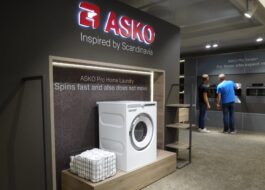
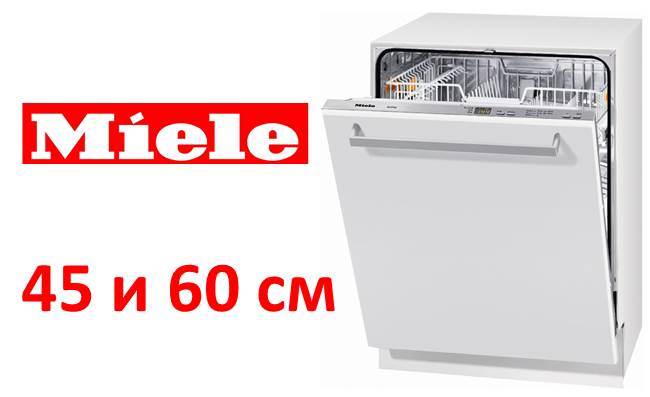

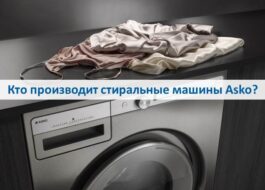
















Add a comment